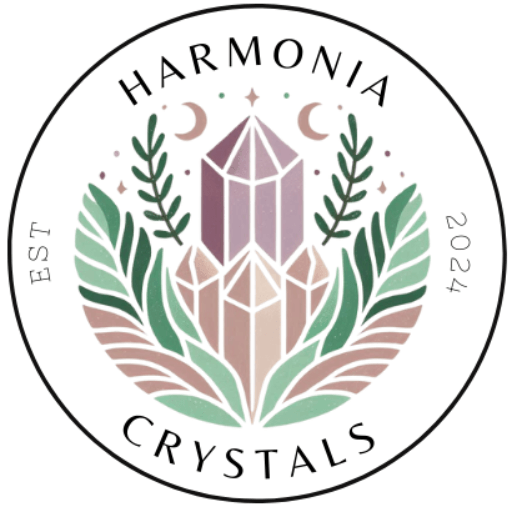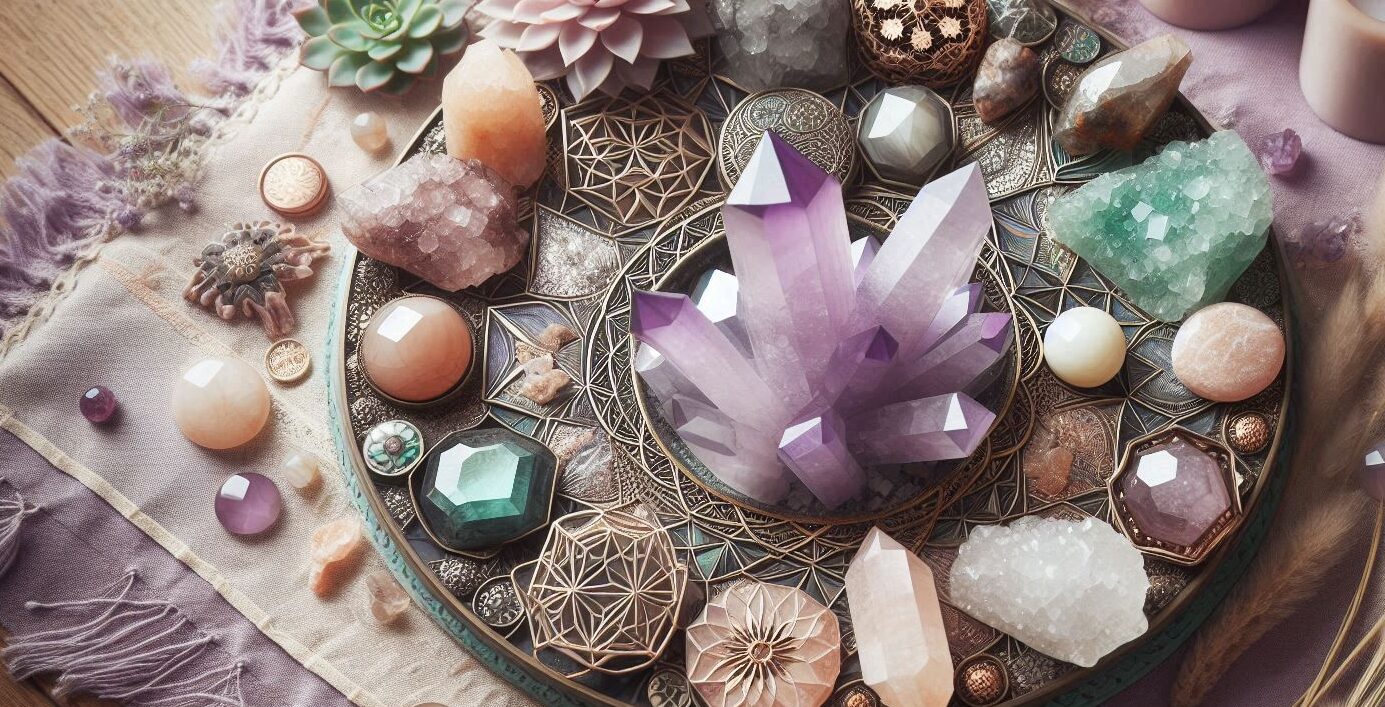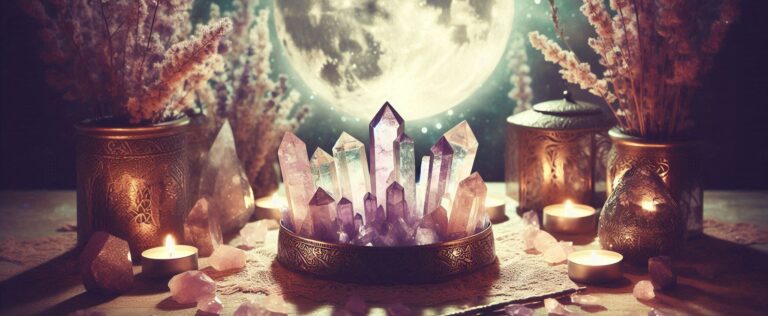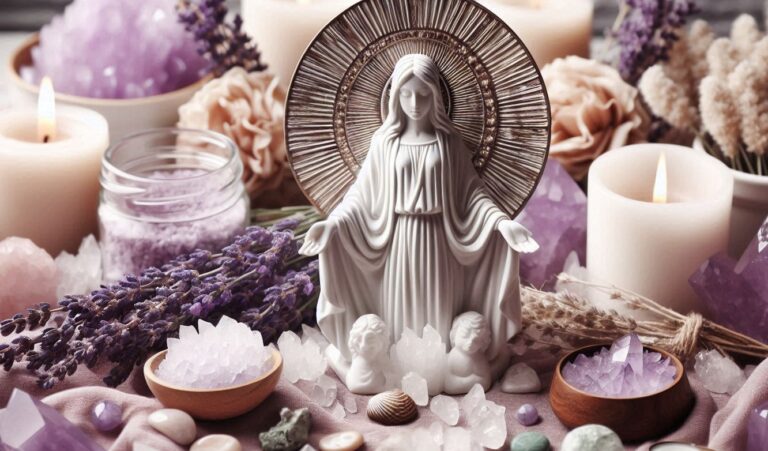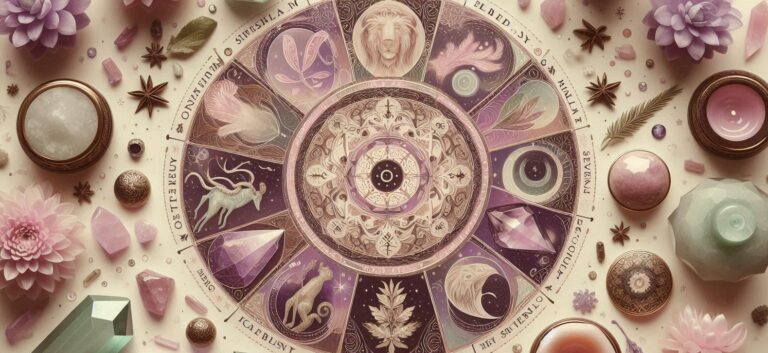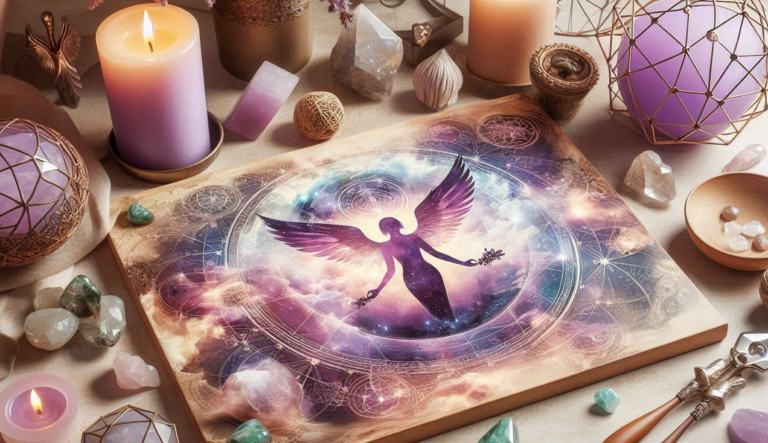How Many Types Of Crystals Are There?
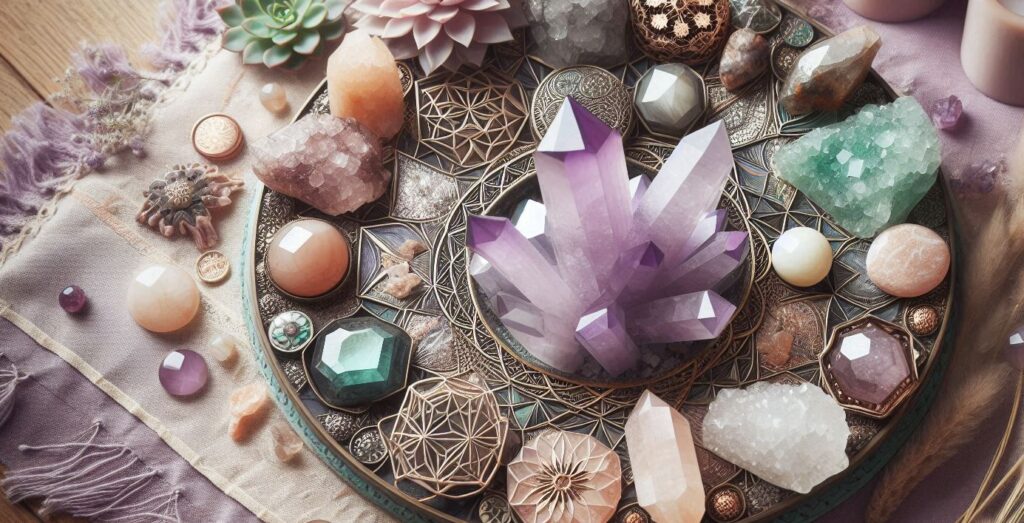
There are thousands of different types of crystals, each with unique properties, structures, and uses. These crystals are typically classified based on their chemical composition, crystal structure, and the minerals they contain.
Understanding the Diversity of Crystals
Crystals are fascinating natural formations that have captured human interest for centuries. They are solid materials whose atoms are arranged in highly ordered, repeating patterns. This structured arrangement gives crystals their distinct shapes and properties, making them not only beautiful to look at but also useful in various applications, from jewelry to healing practices.
Classification of Crystals
To understand how many types of crystals exist, it’s important to look at how they are classified. Crystals can be categorized based on several factors, including:
- Chemical Composition:
- Silicate Crystals: These are the most common type of crystals on Earth, making up about 90% of the Earth’s crust. Examples include Quartz, Amethyst, and Citrine.
- Oxide Crystals: These are formed from metal atoms combined with oxygen. Hematite and Magnetite are examples of oxide crystals.
- Carbonate Crystals: Formed from carbon and oxygen, examples include Calcite and Malachite.
- Halide Crystals: These are made from halogen elements like fluorine, chlorine, bromine, and iodine. Fluorite is a well-known halide crystal.
- Sulfide Crystals: Formed from sulfur combined with a metal, such as Pyrite (also known as “Fool’s Gold”).
- Crystal Structure:
Crystals are also classified based on their internal structure. There are seven basic crystal systems, which define the shape of the crystal:
- Cubic: Also known as isometric, examples include Pyrite and Garnet.
- Tetragonal: Zircon is an example of a tetragonal crystal.
- Hexagonal: Crystals like Beryl (which includes Emerald and Aquamarine) fall under this category.
- Trigonal: Quartz and Calcite are examples of trigonal crystals.
- Orthorhombic: Topaz is an example of an orthorhombic crystal.
- Monoclinic: Crystals like Gypsum belong to this system.
- Triclinic: Examples include Kyanite and Rhodonite.
Popular Crystal Types
Some crystals are more popular and well-known due to their unique properties, beauty, or common use in various practices, such as:
- Quartz: One of the most abundant and versatile crystals, Quartz comes in various forms, including Clear Quartz, Rose Quartz, and Amethyst.
- Calcite: Known for its range of colors and its use in balancing energies, Calcite is a popular choice in healing practices.
- Fluorite: Recognized for its vibrant colors and clarity, Fluorite is believed to help with mental clarity and focus.
- Jasper: This opaque crystal comes in various patterns and colors, each type believed to have different grounding and protective properties.
Synthetic vs. Natural Crystals
In addition to naturally occurring crystals, there are also synthetic crystals. These are man-made and designed to mimic the properties of natural crystals. Synthetic crystals are often used in industrial applications, such as in electronics and lasers.
The Vast World of Crystals
Given the vast array of minerals and elements on Earth, it’s estimated that there are thousands of different types of crystals. New crystals are still being discovered and studied, adding to the complexity and richness of this field. Whether you’re interested in crystals for their beauty, scientific properties, or potential healing benefits, there’s a crystal out there for nearly every purpose.
Conclusion
The world of crystals is incredibly diverse, with thousands of types classified by their chemical composition, crystal structure, and other characteristics. This variety makes crystals a subject of endless fascination, whether you’re a collector, a scientist, or someone interested in their metaphysical properties.
Key Takeaways
- Thousands of Types: There are thousands of different types of crystals, each unique in its structure and properties.
- Classification: Crystals are classified based on chemical composition and crystal structure.
- Popular Crystals: Some of the most well-known crystals include Quartz, Calcite, Fluorite, and Jasper.
- Natural vs. Synthetic: Crystals can be naturally occurring or synthetically produced for industrial uses.
